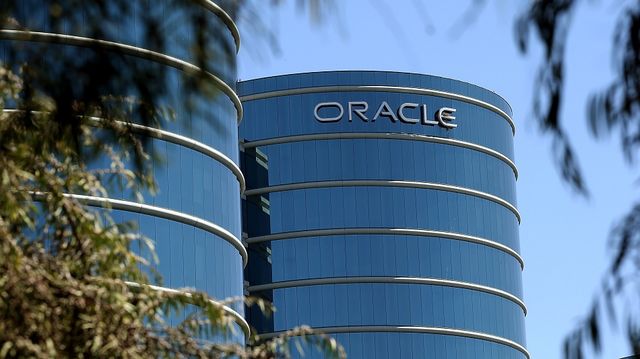In his 44 years running Oracle, Larry Ellison has never burned through this sort of cash. Way off the mark.
Oracle’s declaration on Monday that it’s purchasing clinical programming merchant Cerner for $28.3 billion is amazing for an organization that was once seen as the product business’ extraordinary consolidator.
On 15 events starting around 2005, Oracle has dished out at minimum $1 billion for a procurement. Seven of those bested $5 billion. In 2009, Oracle consented to pay $7.4 billion for Sun Microsystems, opening its wallet for servers and capacity organizations to go past programming and become what Ellison called an “incorporated framework” organization.
Oracle Corp. could see its speculation grade evaluations tumble to the cusp of garbage assuming it loads up on obligation to support its almost $30 billion procurement of clinical records organization Cerner Corp.
Following the declaration of the $28.3 billion acquisition of Cerner Monday, each of the three significant U.S. evaluations graders said they might downsize Oracle assuming that it builds influence to do the exchange.
S&P Global Ratings showed the product organization could be cut by upwards of two scores to BBB-, adding that it’s probably going to hold its speculation grade rating however some decrease of offer buybacks would most likely be required.
Simultaneously, Fitch Ratings said the arrangement “could bring about the organization straying from its past arrangement to pay off its obligation,” as Oracle has repurchased $15 billion of its own portions in the principal half of monetary year 2021.
Moody’s Investors Service likewise positioned the organization under survey, noticing that even before the procurement, “Prophet didn’t have any openly expressed medium or long haul monetary approach objectives.”
Be that as it may, before this week Ellison had scored just a solitary arrangement in twofold digit billions. That came in 2004, when Oracle purchased PeopleSoft for $10.3 billion later an unfriendly fight that kept going year and a half.
In consenting to purchase Cerner for just multiple times the cost of PeopleSoft, Oracle is bouncing into the cutting edge time of M&A one that is new to Ellison. Rivals have utilized their extending market cap and expanding cash heaps to purchase development or to get into a market that can keep them important as the world goes cloud, versatile, and is driven by information.
It’s the primary super arrangement for Oracle since the $9.3 billion acquisition of cloud business the executives programming merchant NetSuite in 2016. Ellison, Oracle’s director, was NetSuite’s greatest investor, with responsibility for 40% of the organization at that point.
In the event that the assessors push ahead with the minimizations, they would do as such later previously cutting Oracle’s evaluations from the single A level to BBB recently. S&P brought down the organization in June, refering to expanded influence and “forceful” share repurchases. Moody’s and Fitch took comparable actions in March.
In spite of having the second-biggest obligation load in the tech business at nearly $79 billion, the product supplier said it “expects to hold a speculation grade FICO score” following the procurement. Its drawn out obligation remains at more than $73 billion.
Cash bargain is testing
Notwithstanding Monday’s slide, the exchange comes in the midst of resuscitated Wall Street hopefulness toward Oracle. On Dec. 10, later a surprisingly good income report, Oracle’s stock shot up 16%, it second-greatest day in twenty years. The offers are up 42% this year, twofold the increases in the S&P 500, and they arrived at a record the week before.
In any case, Oracle is paying money for Cerner, rather than exploiting its stock appreciation. That is a robust burden for an organization that announced $23 billion in real money and attractive protections toward the finish of the most recent quarter, and ordinarily produces about $12 billion every year in free income. Prophet said nothing regarding how it would fund the $28.3 billion arrangement.
Jamie knight started his career as a professor of Researcher and college, and quickly expanded his understanding of science and scientific discovery. He did this by writing News, Books,essays, and articles. They are editor to the newsletter for theinsurelife.com.
Disclaimer: The views, suggestions, and opinions expressed here are the sole responsibility of the experts. No The Insure Life journalist was involved in the writing and production of this article.

